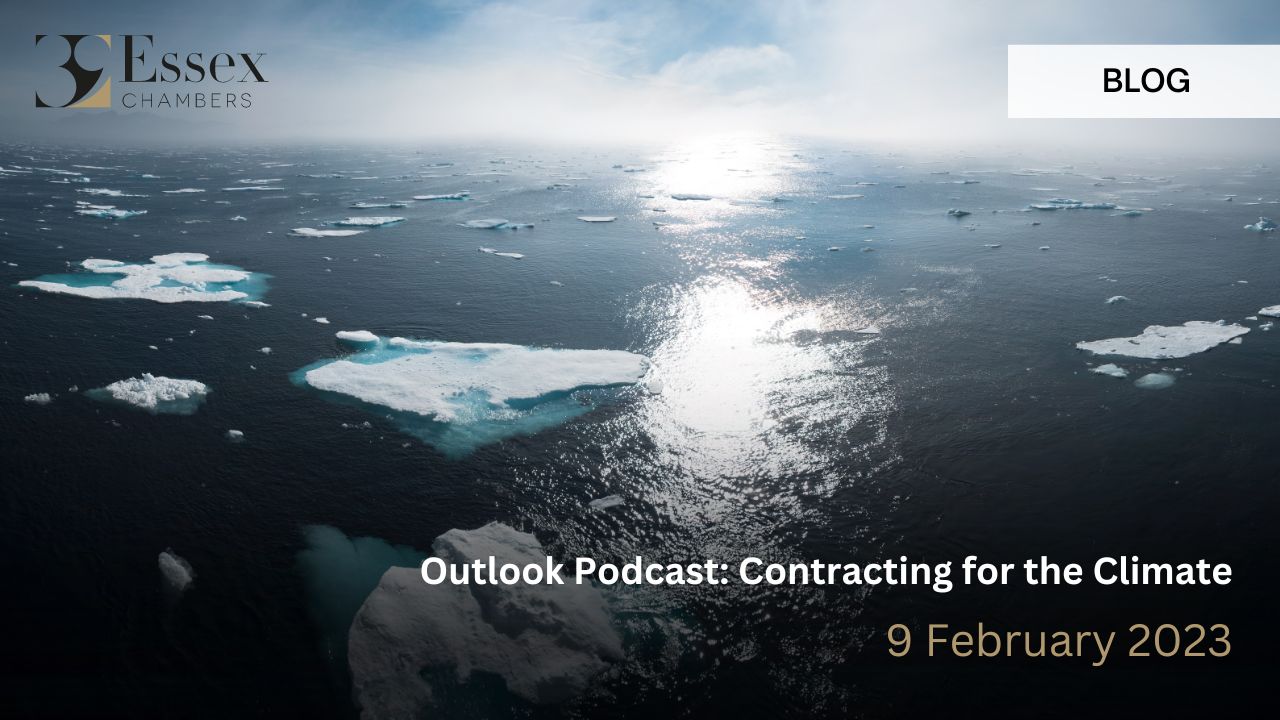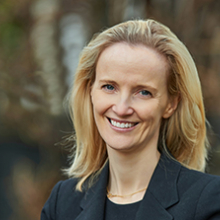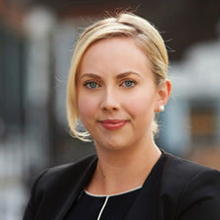Outlook Podcast: Contracting for the Climate
 In this episode of the Outlook Podcast Camilla ter Haar and Ruth Keating discuss 'Contracting for the Climate' with Becky Annison of the Chancery Lane Project. Camilla, Ruth and Becky discuss some of the Chancery Lane Project's model clauses and tips for lawyers on how these clauses can be implemented in contracts.
In this episode of the Outlook Podcast Camilla ter Haar and Ruth Keating discuss 'Contracting for the Climate' with Becky Annison of the Chancery Lane Project. Camilla, Ruth and Becky discuss some of the Chancery Lane Project's model clauses and tips for lawyers on how these clauses can be implemented in contracts.
The work of the Chancery Lane Project
The Chancery Lane Project (‘CLP’) is a collaborative initiative of international, legal and industry professionals and envisages a world in which every contract enables solutions to climate change.
In this podcast we discuss Becky’s view that ‘every lawyer is a climate lawyer whether they know it or not.’ This is because, Becky tells us, all human activity generates carbon and the vast majority of that activity has a contract related to it, so it follows that where there is a contract to be drawn up, there is an opportunity to take carbon out.
CLP has 120 model clauses which can be incorporated into precedents and commercial agreements.
But do they apply to every contract and indeed every industry?
The answer, Becky tells us, is that these model clauses are wide ranging from employment contracts to the worlds of construction and finance. They are also relevant to arbitration with clauses specifying green arbitrations or recital clauses acknowledging the Paris Agreement.
There is not, she says, a contract that you could not put these clauses into.
Why should the clauses go in to a contract?
Climate change will affect the bottom line of many businesses – in some cases it is already. In addition, many lay clients will have made public climate commitments without necessarily having fully considered how those commitments are going to be made a reality. However, making voluntary pledges and then reflecting those pledges in contractual undertakings is one way of making sure these pledges are prioritised by the value chain.
Moreover, the incorporation of these clauses may be an important defence mechanism. We are seeing a huge rise in climate litigation against corporate entities, in an increasingly wide range of industries, including for example greenwashing litigation and shareholder action claims. By incorporating these model clauses, a business can demonstrate that it is serious about meeting its climate targets.
We know that regulatory changes will be coming, so putting climate friendly clauses in now, is one way in which companies can actively plan for these changes and presents an opportunity make changes in a more measured way.
There are also practical reasons for doing so. There has been a rapid growth in green and sustainably linked finance; a business thinking about incorporating climate friendly contractual clauses may be better placed to access better funds.
Are there any particular model clauses which may be particularly useful for construction industry?
Construction sector clients may consider using due diligence questionnaires in the tendering stage to dig into detail and provide an opportunity for contractors to assess whether particular subcontractors can comply with any carbon related requirements. They could for example require tenderers to tender on price, solution and carbon footprint.
Other model clauses could include clauses to benchmark greenhouse gas emissions against similar projects in the industry, or potentially money-saving clauses using circular economy principals for example a re-think of ‘new and merchantable quality’ clauses.
As discussed in the podcast – contracting for the climate is today's issue, not tomorrow's problem. Do listen to hear more of Becky Annison’s tips on why these clauses may be helpful to your construction sector clients.
A link to the podcast can be found here: https://www.39essex.com/information-hub/insight/outlook-contracting-climate


